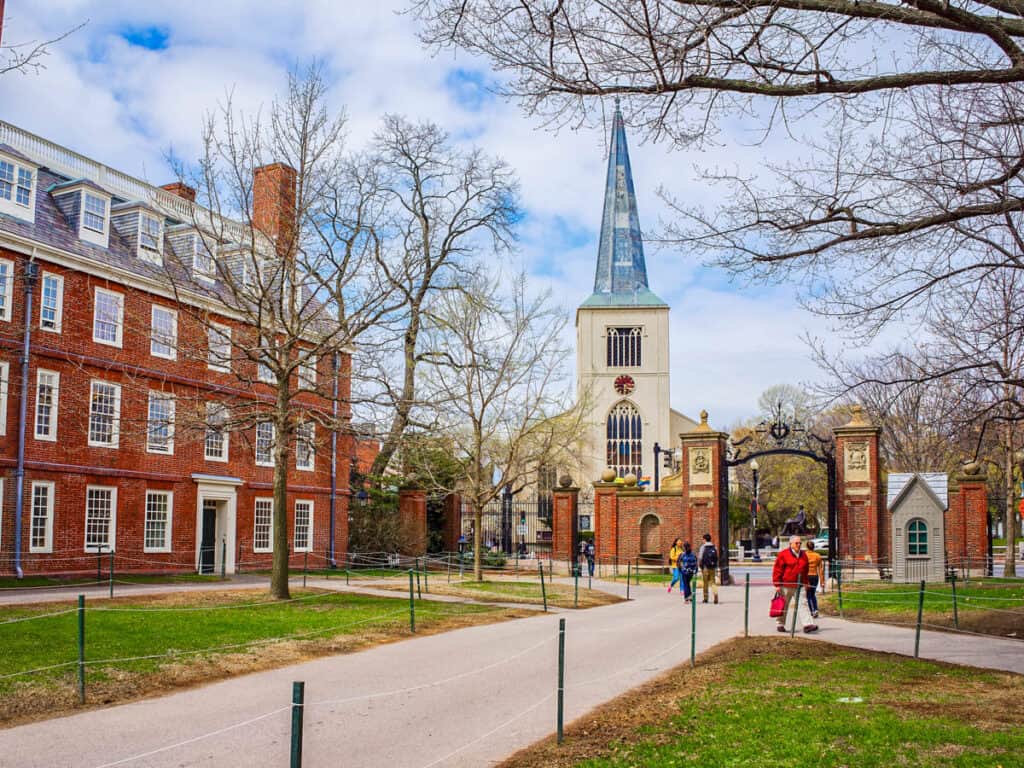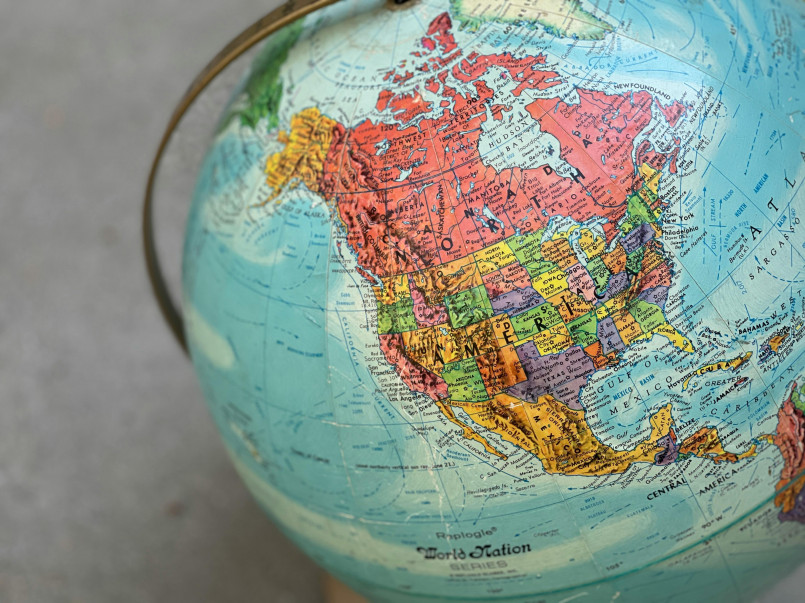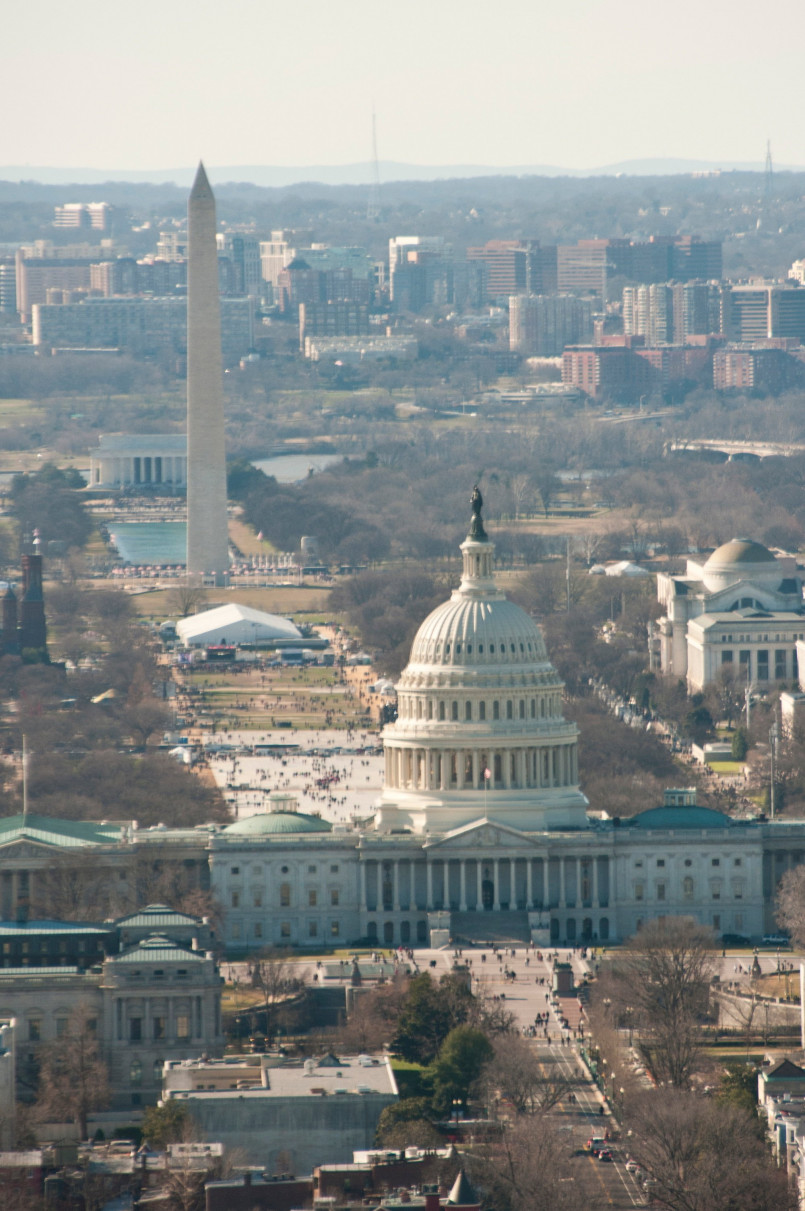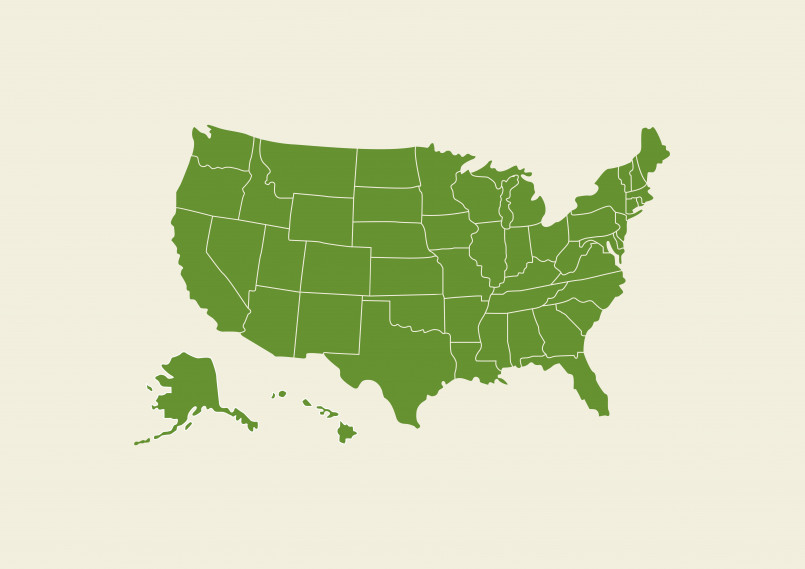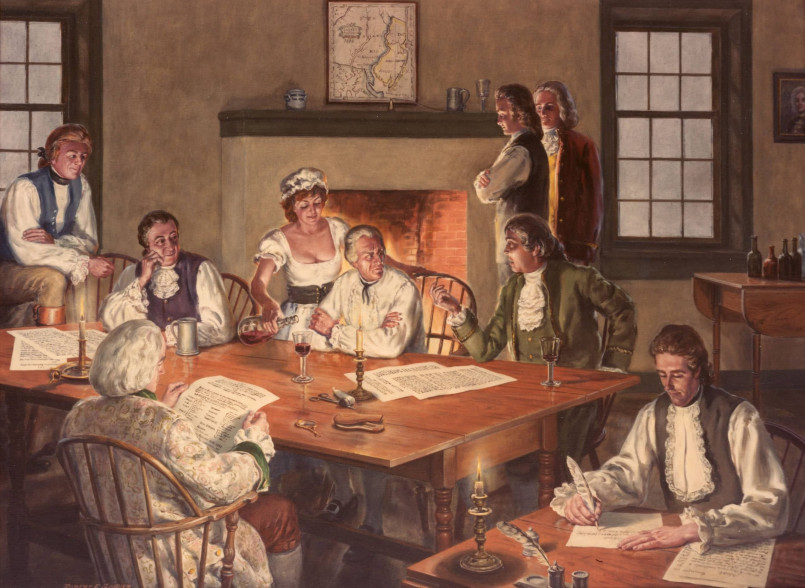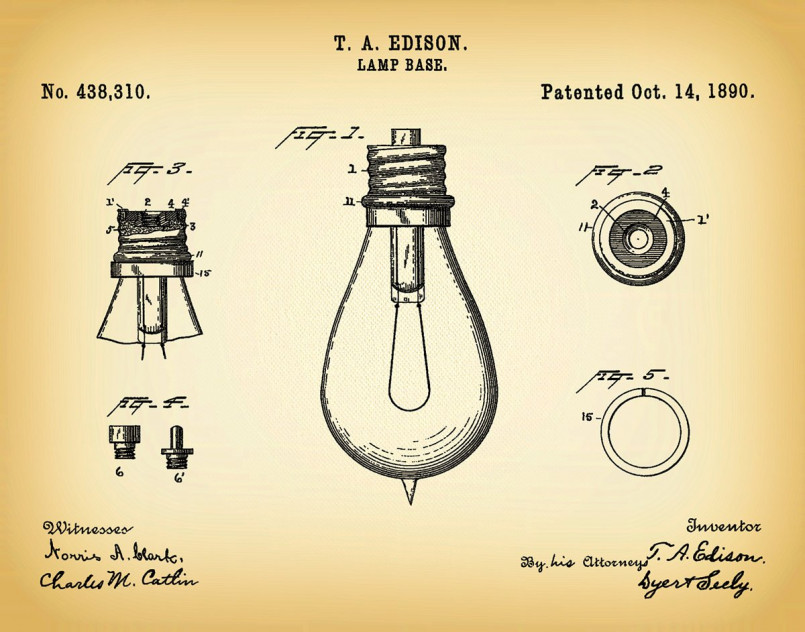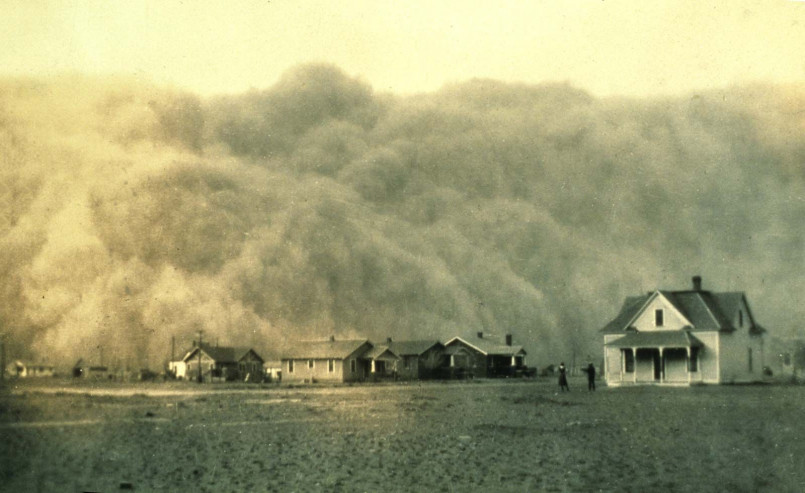The United States is home to some of the world's most prestigious universities, with the oldest dating back to the colonial era. These pioneering institutions laid the groundwork for American higher education and continue to lead in academic excellence today.
Long before the United States declared independence, visionary colonists established institutions of higher learning that would shape the intellectual foundation of a nation. These oldest American universities, many founded in the 17th and 18th centuries, began with modest ambitions-primarily to train clergy and civic leaders-but evolved into world-renowned centers of research and education.
From the cobblestone paths of Harvard Yard to the Gothic spires of Yale, these historic campuses tell the story of American higher education's evolution and continue to influence academic traditions worldwide. Let's explore the nine oldest universities in the United States and their enduring legacies.
Harvard University (1636)
Established in 1636 in Cambridge, Massachusetts, Harvard University holds the distinction of being America's oldest institution of higher learning. Initially called "New College," it was renamed Harvard College in 1639 after clergyman John Harvard, who donated his library and half his estate to the fledgling school.
Harvard began with a single house and schoolyard and just nine students. Its primary purpose was training Puritan ministers, though the curriculum soon expanded to include the liberal arts. Today, Harvard spans a 209-acre main campus with over 20,000 students across its undergraduate college and 13 graduate and professional schools.
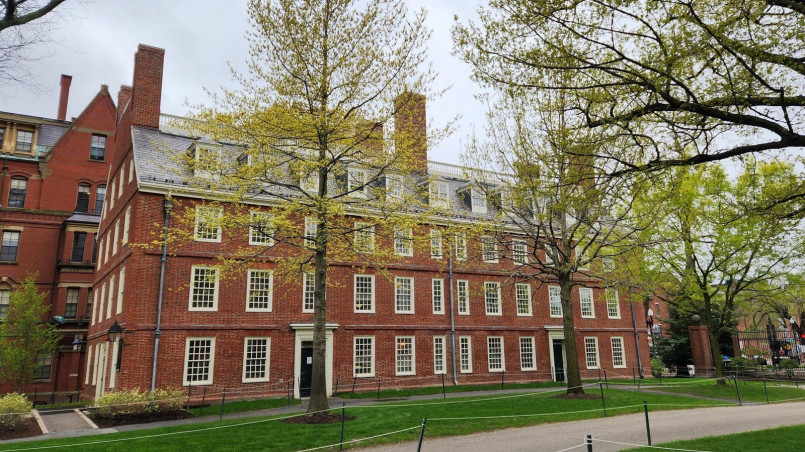
Massachusetts Hall, built in 1720, stands as Harvard's oldest surviving building and still houses administrative offices, including the university president's. Harvard's influential alumni include eight U.S. presidents, numerous foreign heads of state, and over 150 Nobel laureates.
College of William & Mary (1693)
The College of William & Mary in Williamsburg, Virginia, established by royal charter from King William III and Queen Mary II in 1693, claims the title of second-oldest institution of higher education in America. It's also home to the oldest academic building still in use in the United States-the Sir Christopher Wren Building, completed in 1700.
William & Mary trained many of America's revolutionary leaders and early presidents. Thomas Jefferson, James Monroe, and John Tyler all studied here, earning it the nickname "the Alma Mater of the Nation." The college also established Phi Beta Kappa, the first academic Greek letter fraternity, in 1776.
During the Civil War, the college was forced to close when its students departed to fight. Financial hardships led William & Mary to become a public institution in 1906, making it the first state-supported college to become a university.
Yale University (1701)
Founded in 1701 as the "Collegiate School," Yale University was established by Congregationalist ministers unhappy with Harvard's increasing religious liberalism. The institution was renamed Yale College in 1718 in recognition of a substantial gift from British merchant Elihu Yale.
Originally located in Killingworth, then Saybrook, Connecticut, Yale moved to its current home in New Haven in 1716. The university's distinctive campus features the Yale Collegiate Gothic architecture and Sterling Memorial Library, home to over 15 million volumes.
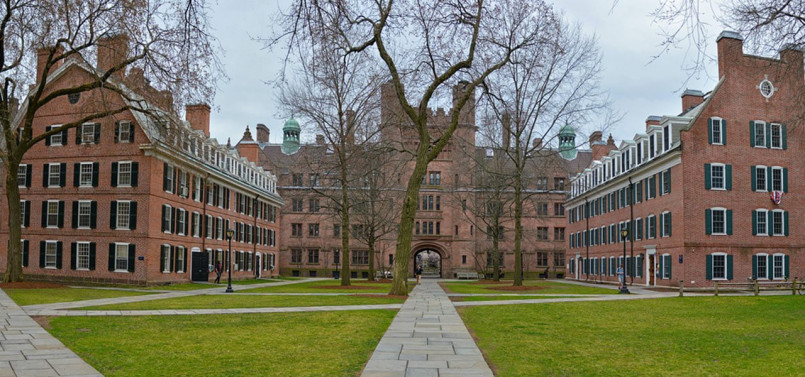
Yale's influence on American education extends beyond academics-it pioneered the residential college system in the United States and established many student traditions that have been adopted by other institutions. The university's secret societies, particularly Skull and Bones (founded in 1832), have become legendary for their powerful alumni networks.
University of Pennsylvania (1740)
The University of Pennsylvania traces its origins to 1740, when a charity school was established in Philadelphia. The institution truly took shape under Benjamin Franklin's leadership, who envisioned a new kind of academy that would educate students in both practical and classical subjects-a radical departure from the clergy-focused education of the time.
Penn claims many firsts in American higher education: the first medical school (1765), first collegiate business school (Wharton, 1881), and first student union building. Unlike its colonial peers, Penn was nonsectarian from its founding, reflecting Franklin's pragmatic approach to education.
The university moved to its current West Philadelphia campus in 1872, where College Hall stands as its architectural centerpiece. Penn's educational innovations continue today through interdisciplinary programs that connect its 12 schools.
Princeton University (1746)
Princeton University began as the College of New Jersey in 1746, founded by New Light Presbyterian ministers. It wasn't until 1896 that the institution was renamed Princeton University. The fourth-oldest university in the United States, Princeton held its first classes in Elizabeth, New Jersey, before moving to Newark, and finally settling in Princeton in 1756.
Nassau Hall, completed in 1756, was once the largest building in colonial America and briefly served as the U.S. Capitol in 1783. Princeton pioneered the precept system-a method of small-group teaching that complements lectures-and maintains one of the lowest student-to-faculty ratios among American universities.
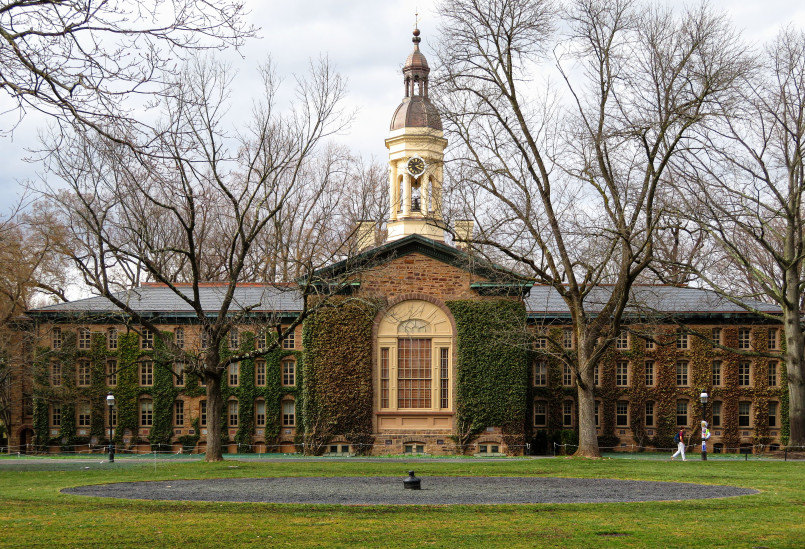
Princeton's distinctive Gothic architecture makes its campus one of the most beautiful in America. The university has produced numerous scholars, scientists, and public servants, including two U.S. presidents (James Madison and Woodrow Wilson) and multiple Supreme Court justices.
Columbia University (1754)
Founded as King's College in 1754 by royal charter of King George II, Columbia University is the oldest institution of higher learning in New York State. After the American Revolution, the college was renamed Columbia in patriotic fervor, embracing the feminine personification of America.
Columbia began in lower Manhattan near Trinity Church before moving to Midtown in 1857. The university found its permanent home on Morningside Heights in 1897, where its centerpiece building, Low Memorial Library, now serves as an administrative center.
The Core Curriculum, established in 1919, remains Columbia's distinctive educational hallmark, requiring all undergraduates to engage with foundational texts of Western civilization. Columbia's urban campus has produced over 90 Nobel laureates and counts numerous influential figures among its alumni, including founding fathers Alexander Hamilton and John Jay.
Brown University (1764)
Founded in 1764 as the College of Rhode Island, Brown University was the first college in America to accept students regardless of religious affiliation. The university was renamed in 1804 after Nicholas Brown, a prominent Providence businessman and alumnus who made a substantial donation.
Brown distinguished itself early on with its progressive "New Curriculum" (now the Open Curriculum), adopted in 1969, which eliminated general education requirements and allowed students to design their own course of study. This educational philosophy continues to define Brown's approach to undergraduate education.
The university's campus on College Hill in Providence features the iconic Van Wickle Gates, which by tradition open inward only twice a year: at the beginning of the academic year to admit new students and at Commencement to release graduates.
Rutgers University (1766)
Chartered in 1766 as Queen's College, Rutgers University was established to train ministers for the Dutch Reformed Church. The institution was renamed in 1825 after Colonel Henry Rutgers, a Revolutionary War veteran and philanthropist.
Unlike many of its colonial peers, Rutgers evolved into a public research university and is now the largest institution of higher education in New Jersey. In 1864, Rutgers was designated as New Jersey's land-grant institution, which expanded its mission to include agriculture and scientific research.
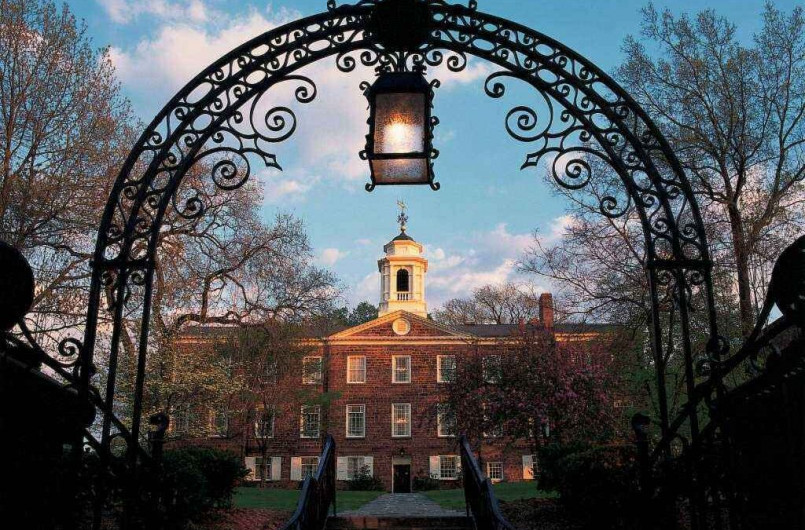
The university's historic Old Queens campus in New Brunswick houses the oldest extant building at Rutgers, Old Queens, which was completed in 1825. Today, Rutgers spans multiple campuses across New Jersey and offers more than 150 undergraduate majors and 400 graduate programs.
Dartmouth College (1769)
Dartmouth College, founded in 1769 by Eleazar Wheelock, began as a school to educate Native Americans in Hanover, New Hampshire. It received its royal charter from King George III, making it the ninth and final colonial college established before the American Revolution.
The college gained national attention through the landmark 1819 Supreme Court case, Dartmouth College v. Woodward, which established that private corporate charters cannot be impaired by state legislation. This ruling protected Dartmouth from state control and set an important precedent for contract law.
Dartmouth's rural location has fostered a strong sense of community and distinctive traditions, including its Winter Carnival. Despite its small size compared to other Ivy League institutions, Dartmouth has produced influential leaders in government, business, and the arts, including numerous U.S. senators, cabinet members, and corporate executives.
The Legacy of Colonial Education in America
These nine colonial colleges laid the groundwork for American higher education, establishing traditions that continue to influence universities worldwide. While they began primarily as training grounds for clergy and civic leaders, they evolved to embrace broader educational missions reflecting America's changing needs.
The colleges shared several characteristics: they were founded by religious denominations (except the University of Pennsylvania), relied on private philanthropy, and initially offered limited curricula centered on classical languages, mathematics, and moral philosophy. Their early buildings and campuses established architectural patterns that would define the American university landscape.
The Revolutionary War severely disrupted these institutions, with many closing temporarily as students and faculty joined the fight for independence. After the war, they helped shape the new nation's intellectual foundations, producing leaders who crafted America's governing documents and political philosophies.
Today, these historic universities remain among America's most prestigious institutions, balancing reverence for tradition with continuing innovation. Their colonial origins are visible not just in their historic buildings but in academic ceremonies, governance structures, and educational philosophies that have endured for centuries.
Frequently Asked Questions About 9 Oldest Universities in America: Historic Ivy League & Colonial Colleges
Which is the oldest university in the United States?
Harvard University, founded in 1636 in Cambridge, Massachusetts, is the oldest institution of higher learning in the United States. It was initially called "New College" and was renamed after benefactor John Harvard in 1639.
How many universities were established in America before the Revolutionary War?
Nine universities were established in colonial America before the Revolutionary War: Harvard (1636), William & Mary (1693), Yale (1701), University of Pennsylvania (1740), Princeton (1746), Columbia (1754), Brown (1764), Rutgers (1766), and Dartmouth (1769).
Are all of the colonial colleges part of the Ivy League?
No, not all colonial colleges are part of the Ivy League. Seven of the nine colonial colleges (Harvard, Yale, Princeton, Penn, Columbia, Brown, and Dartmouth) are Ivy League members. The College of William & Mary and Rutgers University are not part of the Ivy League.
What was the main purpose of establishing universities in colonial America?
The primary purpose of establishing universities in colonial America was to train clergy and educate civic leaders. Most were founded by religious denominations to ensure educated ministers, though their missions gradually expanded to include training in law, medicine, and the liberal arts.
Which colonial college was the first to admit students regardless of religious affiliation?
Brown University (founded as the College of Rhode Island in 1764) was the first American college to accept students regardless of their religious affiliation. This reflected Rhode Island's tradition of religious tolerance established by Roger Williams.
What is the oldest academic building still in use in America?
The Sir Christopher Wren Building at the College of William & Mary, completed in 1700, is the oldest academic building still in use in the United States. Despite suffering damage from three fires and the Civil War, it has been restored and continues to house classrooms.
